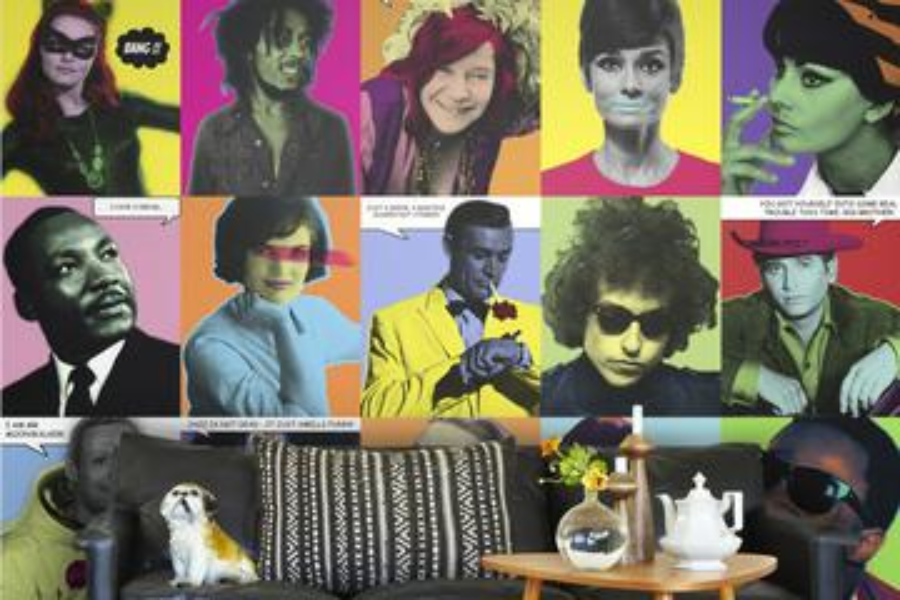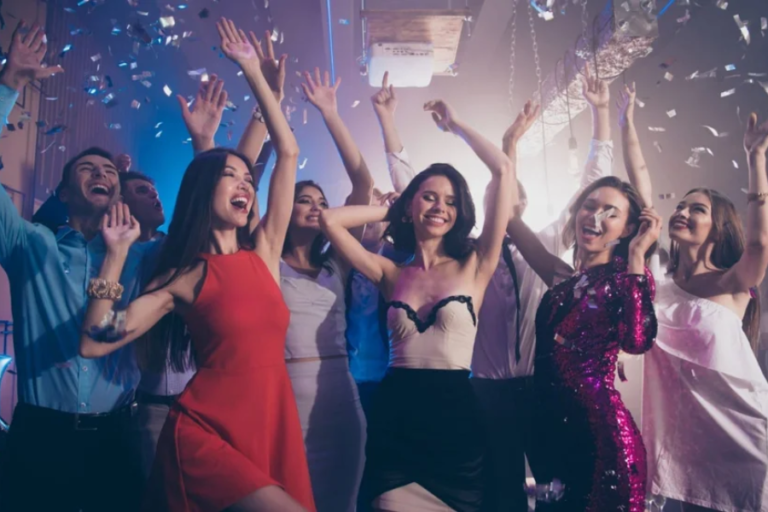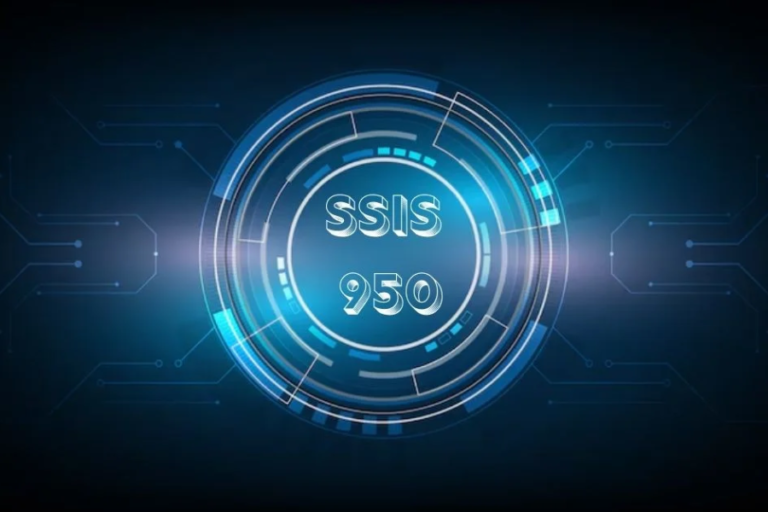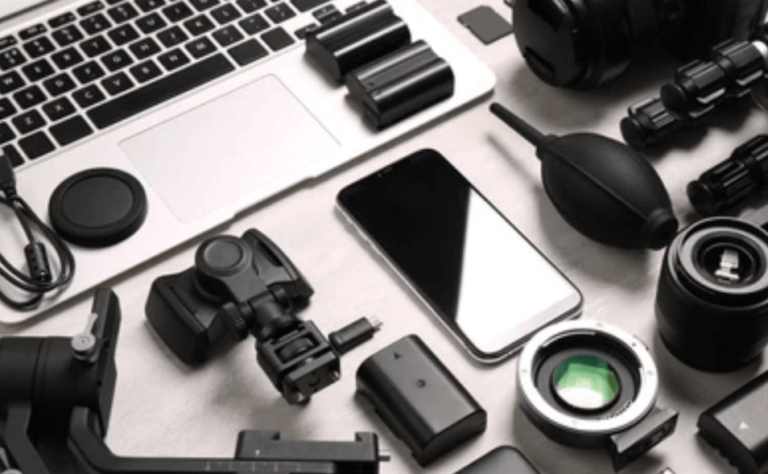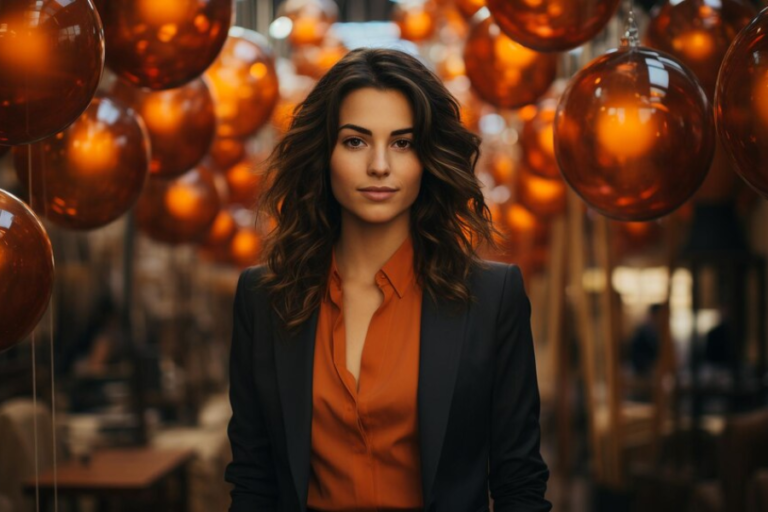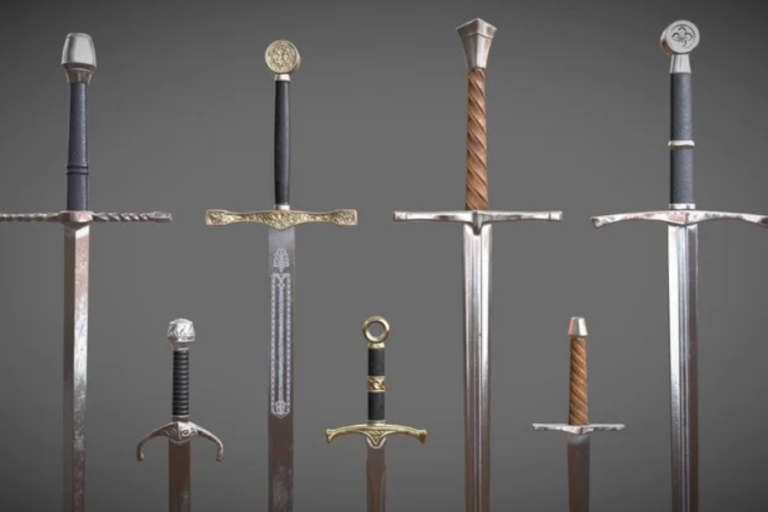The Vision Behind AndyWarhella: Bridging the Gap Between Art and Technology
Introduction
The concept of “AndyWarhella” marks a groundbreaking fusion of classic art with modern artificial intelligence (AI), highlighting a cutting-edge intersection in contemporary creative practices. This innovative entity, inspired by the legendary artist Andy Warhol—who is renowned for transforming the pop art scene—reimagines the art world by blending timeless aesthetics with the latest AI technology. AndyWarhella is not merely an experiment in merging art and technology; it represents a profound evolution in our understanding and appreciation of artistic creation and cultural expression.
What is AndyWarhella?
The Origins of AndyWarhella
AndyWarhella is more than just an AI tool; it represents a unique partnership between human creativity and machine learning. This digital artist, created by a team of artists, engineers, and data scientists, pushes the boundaries of artistic expression. The idea behind AndyWarhella was to develop a platform capable of blending the styles of classical and contemporary art to produce new creations that honor traditional aesthetics while exploring futuristic possibilities.
The foundation of AndyWarhella lies in sophisticated AI algorithms trained on extensive datasets comprising historical artwork. These datasets include masterpieces from artists such as Leonardo da Vinci, Vincent van Gogh, and Andy Warhol. By analyzing these diverse works, the AI learns to replicate the distinct styles, brush techniques, and color palettes of these artists. The outcome is a collection of AI-generated artworks that not only echo the characteristics of classical art but also introduce fresh and inventive elements that challenge conventional artistic norms.
The Role of AI in Art
AI has significantly transformed its role in the art world over recent years, evolving from simply replicating existing images to creating entirely new pieces. Unlike traditional art, where the artist’s physical touch is crucial, AI-generated art relies on algorithms and neural networks to create visuals. This shift doesn’t reduce the creative process; instead, it introduces a novel form of artistic partnership, where the human artist guides the AI like a curator or director, shaping the final output.
With AndyWarhella, AI acts both as a creator and a medium. It produces unique artworks that blend the stylistic elements of classic art with the innovative and often unexpected nature of machine learning. This collaboration between humans and AI sparks interesting discussions about the essence of creativity and the future direction of art in the digital era.
The Influence of Andy Warhol
Warhol’s Legacy in the Art World
To fully appreciate AndyWarhella, one must understand the profound impact Andy Warhol had on art. As a leading figure in the pop art movement, Warhol blurred the boundaries between high art and popular culture. His works, known for their vibrant colors and repetitive motifs, challenged traditional art norms and provoked thought about the artist’s role in contemporary society. Warhol’s interest in mass production, consumerism, and celebrity culture has heavily influenced many aspects of AI art today.
AndyWarhella reflects Warhol’s legacy in its approach. Just as Warhol utilized mechanical techniques like screen printing to create his works, AndyWarhella uses AI algorithms to generate art. This digital approach parallels Warhol’s experimentation with technology, positioning AndyWarhella as a modern extension of his artistic vision.
Pop Art and Technological Experimentation
Pop art, with its embrace of technology and commercial imagery, was revolutionary, and Warhol was at the forefront of this movement. His use of silkscreen printing allowed him to mass-produce artworks, democratizing art ownership and challenging conventional ideas about originality and authenticity. AndyWarhella mirrors this methodology, using AI to produce multiple variations of an artwork, each reflecting slight changes based on the input data.
Additionally, Warhol’s exploration of the relationship between humans and machines is a theme that resonates with AndyWarhella. The AI’s capability to create art that feels both familiar and innovative demonstrates how technology can be utilized to explore new artistic possibilities while still paying homage to historical styles and influences.
The Marriage of Classic Art and AI
How Classic Art Styles Are Integrated
A unique feature of AndyWarhella is its ability to merge the aesthetics of classic art with modern AI technologies. This process starts by training the AI on thousands of images of classical artworks, ranging from Renaissance portraits to Impressionist landscapes. Through this extensive analysis, the AI learns to identify the distinct characteristics of each style, such as the dramatic use of light in Baroque art or the bold, vibrant colors in Fauvism.
Once the AI has mastered these stylistic elements, it can apply them to new creations, crafting pieces that are both tributes to and reimaginings of classical art. For example, an AndyWarhella artwork might utilize the delicate brushstrokes typical of a Van Gogh painting to depict a contemporary urban scene, resulting in a unique blend of the old and the new. This ability to combine different artistic traditions is one of AndyWarhella’s most remarkable features, allowing it to produce works that feel both timeless and modern.
AI’s Role in Reinterpreting Historical Artworks
AndyWarhella goes beyond simply replicating classic styles; it reinterprets historical artworks in innovative ways. By breaking down the elements of a traditional painting and reconstructing them through the perspective of AI, AndyWarhella creates pieces that offer new insights into familiar themes. This approach not only showcases AI’s flexibility but also highlights the ongoing relevance of classical art in contemporary culture.
For instance, AndyWarhella might take a famous painting like the Mona Lisa and reimagine it with a futuristic twist, incorporating aspects of digital art and surrealism. Such reinterpretations invite viewers to reassess their relationship with art and explore the boundaries between the old and the new.
The Technology Behind AndyWarhella
AI Algorithms and Deep Learning
AndyWarhella’s creative process is powered by advanced AI algorithms, particularly those utilizing deep learning. Deep learning, a specialized branch of machine learning, involves training AI models with extensive datasets to recognize patterns and make informed decisions. In the context of AndyWarhella, deep learning enables the AI to analyze large collections of classical art, learning the fine details of various styles and techniques.
These algorithms are programmed to detect the specific features that define a particular style, such as the interplay of light and shadow in a painting or the distinctive color palettes associated with different art periods. Once the AI has learned these attributes, it can generate new images that follow the same stylistic conventions, creating pieces that are visually appealing and historically informed.
Neural Networks and Artistic Creativity
Neural networks, another crucial aspect of AndyWarhella’s technology, significantly contribute to the AI’s artistic capabilities. These networks are designed to replicate the way the human brain processes information, enabling the AI to “think” in a manner similar to human cognition. This capability allows the AI to not only emulate existing art styles but also to innovate and develop new ones.
The use of neural networks in art generation is particularly intriguing because it expands the possibilities for artistic creativity. By allowing AI to experiment with various combinations of styles and techniques, neural networks enable AndyWarhella to produce genuinely original works, pushing the boundaries of what is achievable in art.
How AndyWarhella is Revolutionizing Art
Democratizing Art Creation
One of AndyWarhella’s most transformative effects is its potential to democratize the art-making process. Traditionally, creating art required a certain level of skill and training, as well as access to specific materials and resources. However, with AI tools like AndyWarhella, anyone can create art, regardless of their background or experience. This democratization of art empowers a new generation of creators who can use AI to express themselves in ways that were once unimaginable.
AndyWarhella allows individuals without formal art training to produce works that are visually compelling and conceptually deep. By lowering the barriers to entry, AndyWarhella is opening the art world to a broader audience, encouraging more people to engage with and appreciate art.
Accessibility for Emerging Artists
For new and emerging artists, AndyWarhella offers a valuable platform for experimentation and discovery. The AI’s ability to generate art in a variety of styles allows artists to explore different artistic traditions and find their unique voices. This accessibility is crucial in today’s fast-paced digital landscape, where artists are continually seeking new ways to distinguish themselves and make an impact.
Additionally, AndyWarhella’s digital nature makes it easy for artists to share their work with a global audience. Through online platforms and social media, artists can display their AI-generated art to a wider public, gaining recognition and building their careers in ways that were once challenging.
Criticism and Controversy
Ethical Dilemmas in AI-Generated Art
As with any emerging technology, the rise of AI-generated art has sparked debate and controversy. One of the most pressing ethical issues surrounding AndyWarhella is the question of authorship. In traditional art, the artist is the sole creator of their work. However, with AI art, the lines between creator and creation are blurred. Who owns the rights to an AI-generated artwork? Is it the human who programmed the AI, the AI itself, or the person who commissions the work?
These questions have led to heated discussions in the art community. Some argue that AI-generated art lacks the authenticity and emotional depth of human-made art. Others, however, view AI as a legitimate tool for artistic expression, one that can broaden our understanding of what art can be.
The Debate Over Authenticity and Ownership
The discussion around authenticity is intricately linked to questions of ownership in the realm of AI-generated art. In traditional art, the value of a piece is often deeply connected to its originality and the artist’s unique creative process. However, with AI-generated art like that created by AndyWarhella, these notions become more complex. The ability of the AI to produce numerous versions of a single image, each with slight differences, challenges the traditional concept of a “one-of-a-kind” artwork.
This capability has sparked debates about the valuation of AI-generated art and whether it should be placed on the same level as traditional art forms. Some critics argue that the value of art is intrinsically tied to its creation process, suggesting that because AI-generated art follows a different process than human-made art, it should be assessed differently. On the other hand, supporters of AI in art believe that its creative potential should be embraced and that AI-generated art can hold as much value and significance as traditional works.
Case Studies
AndyWarhella in Modern Galleries
Despite the ongoing debates, AndyWarhella has successfully made its way into contemporary galleries, where its pieces are often showcased alongside traditional artworks. These exhibitions offer a fascinating window into the future of art, demonstrating how AI can exist harmoniously with classic art forms while also pushing the boundaries of artistic expression. Visitors to these galleries often appreciate the seamless blend of historical and contemporary elements, as AndyWarhella’s creations evoke the past while exploring what art can become in the digital age.
A noteworthy example of this is an exhibition at a prominent contemporary art gallery, where AI-generated pieces by AndyWarhella were displayed alongside the works of human artists. The exhibition drew significant attention and praise for its innovative use of technology and the thought-provoking nature of the artworks. This event illustrates the growing acceptance of AI art within the mainstream art world and highlights its potential to influence the future of artistic expression.
Collaboration with Contemporary Artists
AndyWarhella has also inspired a number of collaborations with contemporary artists, who view AI as a tool to expand their creative boundaries. By partnering with AndyWarhella, artists can explore new styles and techniques, experimenting with ideas that might be challenging or impossible to realize through traditional methods. These collaborations often result in pieces that are visually captivating and conceptually deep, showcasing AI’s potential as a creative collaborator.
For instance, a recent collaboration between AndyWarhella and a renowned digital artist resulted in a series of works that combined the artist’s distinctive style with the AI’s capacity to generate intricate patterns and textures. The resulting artworks were lauded for their originality and artistic value, exemplifying how AI can enhance and inspire human creativity.
The Future of Art in the Age of AI
Predicting the Evolution of AI Art
As AI technology continues to advance, its role in the art world is likely to evolve significantly. The future of AI art will probably feature even greater collaboration between human artists and machines, with creators exploring new ways to integrate AI into their artistic processes. We can anticipate more sophisticated AI tools capable of producing increasingly complex and nuanced artworks, pushing the boundaries of what art can be.
Beyond creating new pieces, AI will also have a role in preserving and analyzing existing artworks. AI algorithms could be employed to study art history, revealing previously hidden patterns and trends. This might lead to new insights into the evolution of art over time and help us better understand the cultural and historical significance of different artistic movements.
The Role of Artists in an AI-Driven World
While AI is set to play a substantial role in the future of art, human artists will continue to be central to the creative process. The relationship between artists and AI will likely be collaborative, with AI serving as a tool to enhance and expand human creativity. Artists will still bring their unique perspectives and experiences to their work, using AI to explore new ideas and push the limits of their creativity.
As AI becomes more integrated into the art world, artists will need to navigate the ethical and practical challenges that accompany this technology. This will require a deep understanding of both the potential and limitations of AI, as well as a commitment to preserving the integrity and authenticity of their work. In this way, artists will play a crucial role in shaping the future of art in an AI-driven world, ensuring that human expression remains at the heart of the creative process.
Understanding AndyWarhella: The Artistic Process
How AI Mimics Human Creativity
One of the most intriguing aspects of AndyWarhella is its ability to mimic human creativity. While AI lacks the emotions and personal experiences that drive human artists, it can analyze vast amounts of data to identify patterns and generate new ideas. This process resembles how human artists draw inspiration from their surroundings, incorporating elements from the world into their work.
However, AI creativity is fundamentally different from human creativity. It is based on algorithms and data analysis rather than spontaneous intuition. Understanding this distinction is key to appreciating the unique nature of AI art and its place in the broader art world.
The Role of Human Curation in AI Art
Despite the advanced capabilities of AI, human curation remains an essential part of the AndyWarhella process. While the AI can generate a vast array of images, it is the human curator who selects the most compelling works and presents them in a way that resonates with viewers. This collaborative process ensures that the final artworks are not only technically impressive but also emotionally and intellectually engaging.
Human curators also provide valuable feedback and input that helps refine the AI algorithms, improving the quality of the generated art. This ongoing interaction between humans and machines is what makes AndyWarhella’s work so dynamic and innovative, blending the best of both worlds to create something truly unique.
The Impact on Traditional Art Forms
How AndyWarhella Challenges Traditional Art
The introduction of AndyWarhella has prompted a reevaluation of traditional art forms, challenging long-standing beliefs about the nature of art and its creation process. By showcasing that machines can generate art that is both visually appealing and intellectually stimulating, AndyWarhella has compelled the art community to explore the potential and limitations of technology in the artistic domain.
This development has reignited discussions about creativity and the artist’s role in the digital era. Some traditional artists perceive AndyWarhella as a threat, fearing that AI could overshadow human creativity and devalue their work. Conversely, others see it as an opportunity to push the boundaries of their artistic practice and explore new creative horizons.
The Response from Traditional Art Institutions
Traditional art institutions have had varied reactions to AndyWarhella, ranging from intrigue to skepticism. While some galleries and museums have welcomed AI art, incorporating it into their exhibitions and collections, others question its artistic value. This split mirrors broader debates within the art world regarding the role of technology in art and the future of artistic creation.
As AI-generated art gains traction, traditional art institutions will need to engage more deeply with this emerging form of expression. This might involve rethinking their approaches to curation, education, and audience interaction, as well as establishing new criteria for evaluating and appreciating AI-generated art.
Consumer Experience with AndyWarhella
How Art Lovers Engage with AI-Generated Art
AndyWarhella offers art enthusiasts a novel way to experience art. The interactive nature of AI-generated art allows viewers to explore different interpretations and variations of a single piece, enhancing their understanding of the creative process. This level of interactivity is particularly appealing to younger audiences who are familiar with digital and interactive media.
Additionally, the digital format of AndyWarhella’s works makes them easily accessible to a global audience. Art lovers can view and purchase AI-generated art online without needing to visit a physical gallery. This accessibility has the potential to democratize art appreciation, allowing a wider audience to engage with and enjoy artistic creations.
The Market for AI-Generated Art
While the market for AI-generated art is still in its infancy, it is expanding rapidly. As awareness of AI art’s potential grows, demand for these works is likely to increase. This presents new opportunities for collectors and investors who view AI art as a novel and promising addition to their portfolios.
However, the AI art market also raises important questions about value and authenticity. Because AI can generate multiple versions of a single piece, the traditional notion of a “one-of-a-kind” artwork is challenged. This may necessitate new methods for pricing and selling AI-generated art and innovative ways of determining its value.
Legal Implications and Copyright Issues
Copyright in the Realm of AI Art
One of the most challenging aspects of AndyWarhella is copyright. Traditional copyright laws were created to protect the intellectual property of human creators, but they do not easily apply to works generated by AI. This has sparked debates over who owns the rights to AI-generated art and how these rights should be managed.
Some believe that the creators of the AI, or those who train and direct the algorithms, should hold the copyright to the works produced. Others argue that AI-generated art should be considered part of the public domain, free for anyone to use and reproduce. As AI art becomes more widespread, it will be crucial to develop new legal frameworks that address these issues and protect the rights of all involved parties.
Protecting Artists’ Rights in the Digital Age
Beyond copyright, there are broader concerns about safeguarding artists’ rights in the digital era. As AI becomes more adept at creating high-quality art, there is a risk that human artists could be marginalized or replaced. To counter this, it’s essential to ensure that artists are fairly compensated for their work and that their contributions are recognized and valued.
This might involve creating new business models that allow artists to collaborate with AI, sharing profits and creative control of the works produced. It could also require new legal protections to ensure that artists’ rights are upheld in an increasingly digital and automated world.
AndyWarhella in Education
Teaching Art in a Digital World
AndyWarhella has significant implications for art education, offering new tools and methods for teaching art in a digital environment. By integrating AI into the classroom, educators can introduce students to new perspectives on creativity and artistic expression. This can help students gain a deeper understanding of the creative process and encourage them to explore new artistic possibilities.
Moreover, AndyWarhella can be a valuable tool for teaching art history, as its ability to mimic classic styles provides a means for studying different artistic traditions. Analyzing AI-generated art can give students insights into the techniques and approaches used by historical artists, enhancing their appreciation of art history.
The Role of AI in Art Education
AI also has the potential to democratize art education by providing broader access to artistic training and resources. By equipping students with tools like AndyWarhella, educators can enable more students to explore their creativity and develop their artistic skills.
This is particularly important in a world where access to traditional art education is often limited by geographic, economic, and social factors. By leveraging the power of AI, educators can make art education more inclusive and accessible, helping the next generation of artists reach their full potential.
Conclusion
The Lasting Impact of AndyWarhella
AndyWarhella represents a bold and innovative step forward in the evolution of art. By blending classic art styles with modern AI technology, it challenges our assumptions about creativity, authenticity, and the role of technology in artistic expression. While it raises important questions and controversies, it also opens up new possibilities for artists, curators, and art lovers. For more information, please get in touch.
